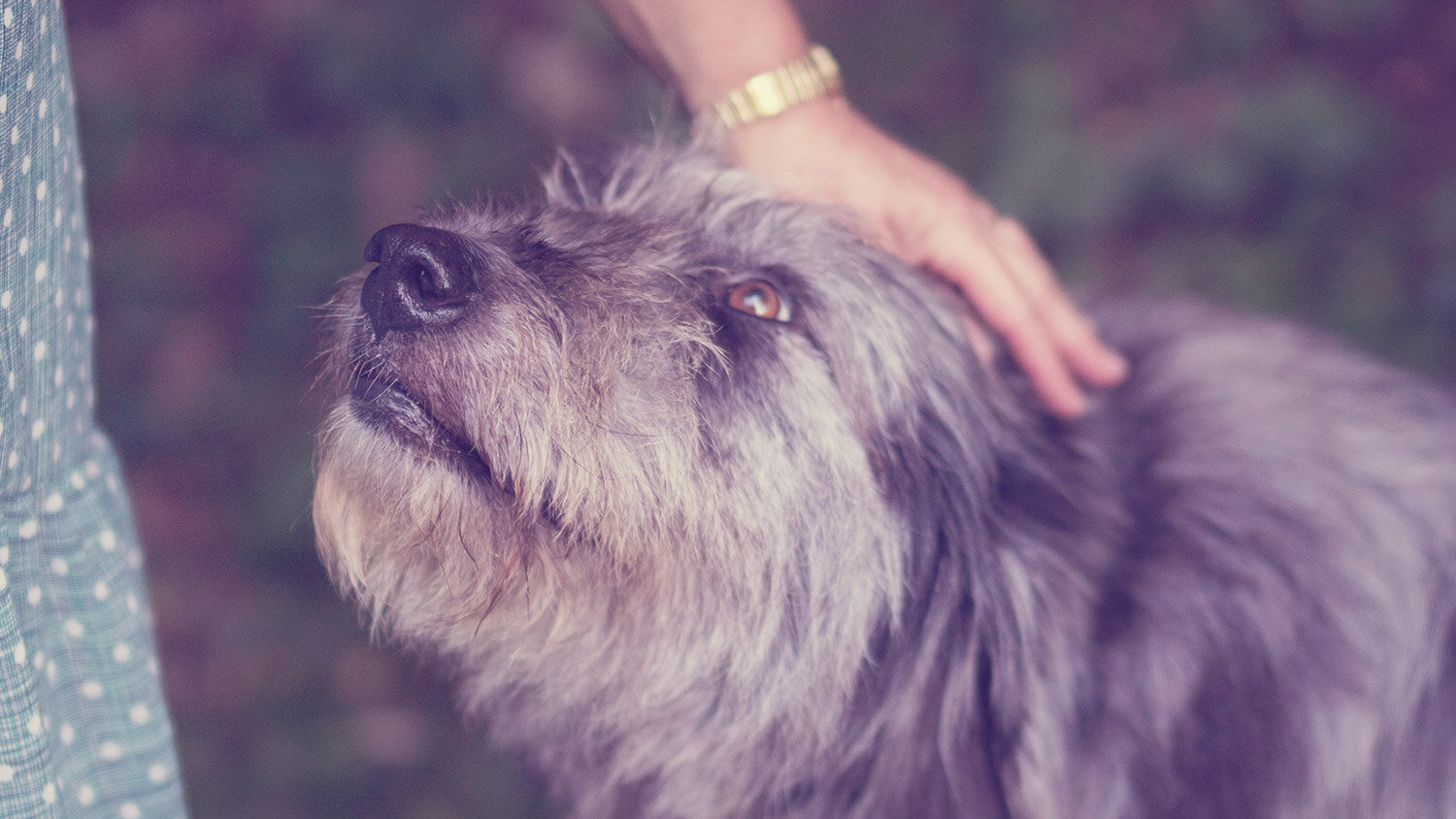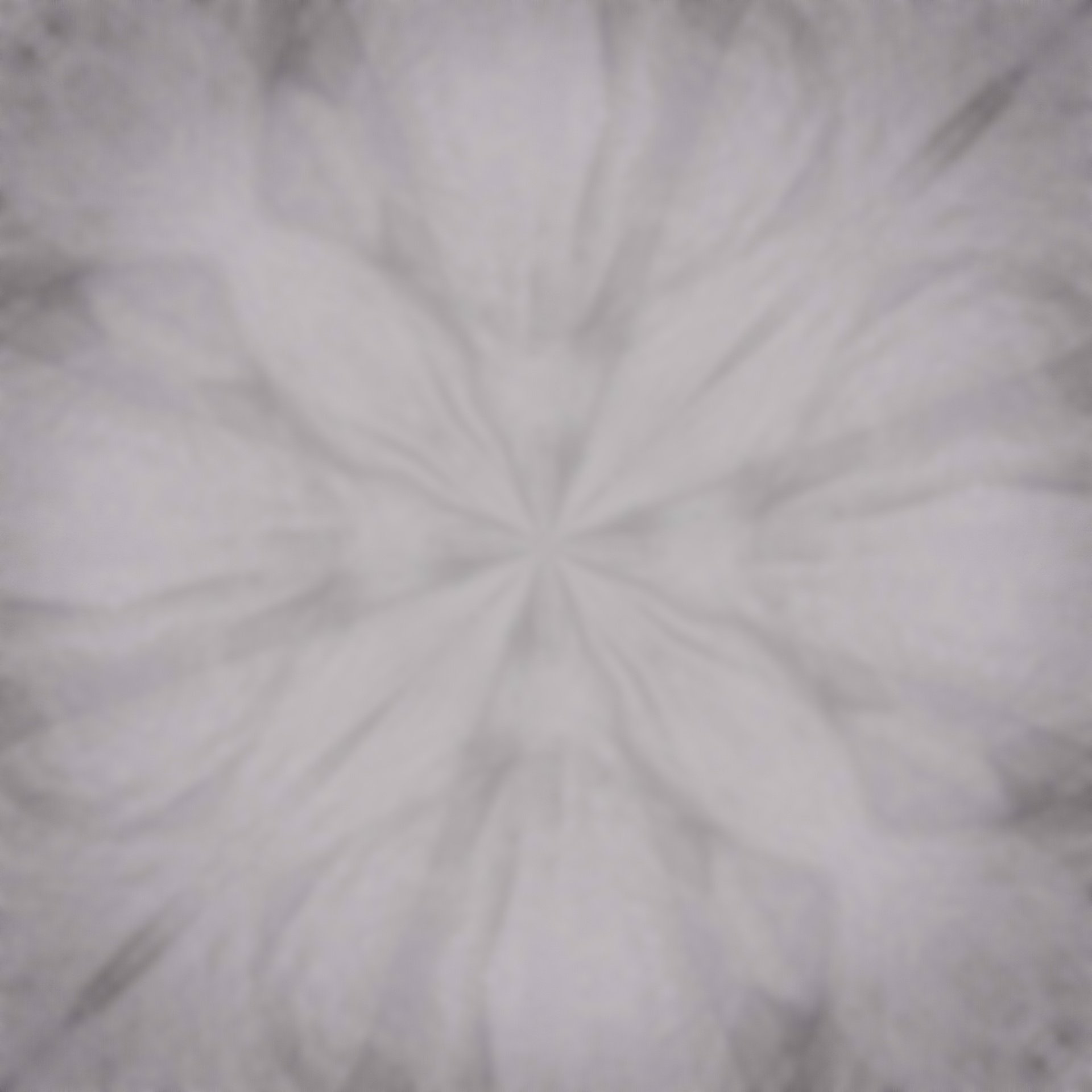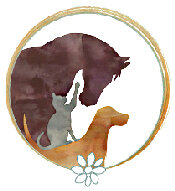
DOGS

After years of exploration into different therapies Dr. Taylor has found osteopathy to be the quickest route to treating the root cause of many musculoskeletal conditions and other health issues. Since the root cause is found quickly, treatment is effective and efficient, requiring fewer treatments that last much longer than therapies such as chiropractic and acupuncture.
Problems in Dogs that Osteopathy can Help or Resolve:
Front or Rear Leg Lameness
‘Mystery’ lameness (diagnostics don’t reveal cause)
Back or neck pain
Weakness in the hind end (slow to get up, difficulty with stairs or jumping onto furniture or into cars)
Knee problems – Cruciate ligament injury (ACL tears) - post-surgical treatment or prevention of initial cruciate ligament tears
IVDD - Intervertebral disc disease (spinal disc prolapse)
Iliopsoas muscle strain
Arthritis / Joint Pain
Soft Tissue conditions (ligament/tendon sprain)
Knee problems – luxating patella (dislocating kneecap) in small breeds
Wobbler syndrome (cervical vertebral malformation / instability)
Urinary incontinence
Hip or elbow joint dysplasia
Geriatric dogs - stiffness and difficulty with overall mobility, poor quality of life
Lick granuloma / Acral Lick Dermatitis (compulsive licking due to nerve irritation)
Asymmetric movement - aka 'Crooked Butt Syndrome’ ~ CBS
Injury prevention and improved performance in your canine athlete
Temporary/poor response to chiropractic, acupuncture, massage or physiotherapy/rehab treatments
the Canine Athlete
Osteopathic treatment improves posture, topline and alignment...restores symmetrical, balanced mobility and can prevent future injury and abnormal wear and tear on the musculoskeletal system.
-

AGILITY
For Agility Dogs — proper alignment and balanced symmetrical movement with greater range of joint motion in all joints ensures better athletic performance, more stamina, longer athletic career and potential future injury prevention.
Specific issues such as jumping problems (stutter-stepping, knocking bars down) can be resolved quickly.
-

CONFORMATION
For Conformation Dogs — improved posture and top-line, restores proper body alignment, restores optimum range of motion for more graceful movement, optimum tail set, freer front and hind end movement, greater stride length.
Dogs that are already performing with optimum mobility can have even lovelier movement!
-

OBEDIENCE
For Obedience Dogs — proper alignment and balanced, fluid movement ensures better athletic performance and potential future injury prevention. Achieve greater accuracy of heeling, sits, fronts, finishes and drop on recall.

The goal is to determine WHERE motion is lost, and then discover WHY.
DIAGNOSIS
An evaluation is done by motion testing all the joints for normal range of motion (spine, limbs, ribs and jaw) and motion testing (‘springing’) the body wall in the abdominal and thoracic areas to determine excessive tension in organs underneath.
*The biggest clue to organ involvement is when 2 spinal vertebrae in a row are fixated or rotated to one side.
A joint is restricted for two possible reasons (can be one or both):
MECHANICAL
50% of joint restrictions are coming from local mechanical issues and therefore will respond well to local manipulation - chiropractic, etc.
*from trauma, overuse etc.
Visceral / Organ
50% of joint restrictions are caused by nerve changes coming from organ issues (increased tension around organs/fascia or altered organ function) therefore these joint restrictions will NOT respond to local manipulations or adjustments.
Our dogs deserve the best life we can give them. Osteopathic treatments can help create and maintain mobility as they age.

The 3 Pillars of OSTEOPATHY
Effective treatment is a blending or continuum of these 3 approaches.

Treating the organs will result in the joint restrictions to free by themselves—they do not need to be treated directly. This is the magic of osteopathy!
-
One pelvic bone rotated with sacrum (one sacroiliac joint restricted) and 2 lumbar vertebrae fixated to one side (L 1 - L2).
CBS = Crooked Butt Syndrome
-
RIGHT shoulder blade restricted, thoracic vertebrae T7 - T9 fixated to one side, some mid-lower ribs can be restricted.
-
One pelvic bone rotated with sacrum (one sacroiliac joint restricted) and 2 lumbar vertebrae fixated to one side (L 1 - L2).
-
One pelvic bone rotated with sacrum (one sacroiliac joint restricted) and 2 or more lower lumbar vertebrae fixated to one side.
“Common organ issues in dogs leading to joint restrictions / fixations:”
Please Note:
Some organs require treatment that does not involve an osteopathic approach but a conventional veterinary approach or possible other holistic approaches (herbal medicine, acupuncture or homeopathy).

Read some stories about some of my patients.
what to expect
Find out what to expect during a dog treatment.





